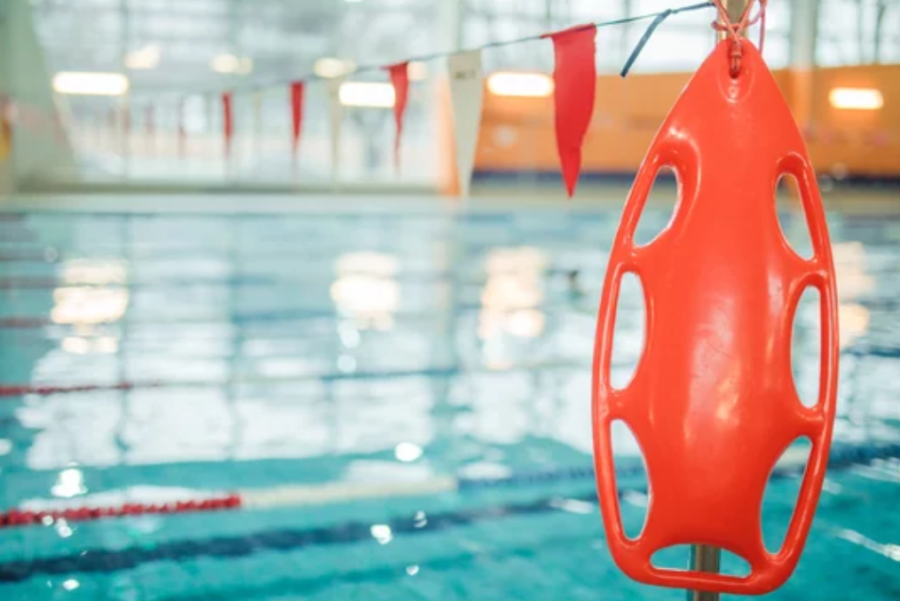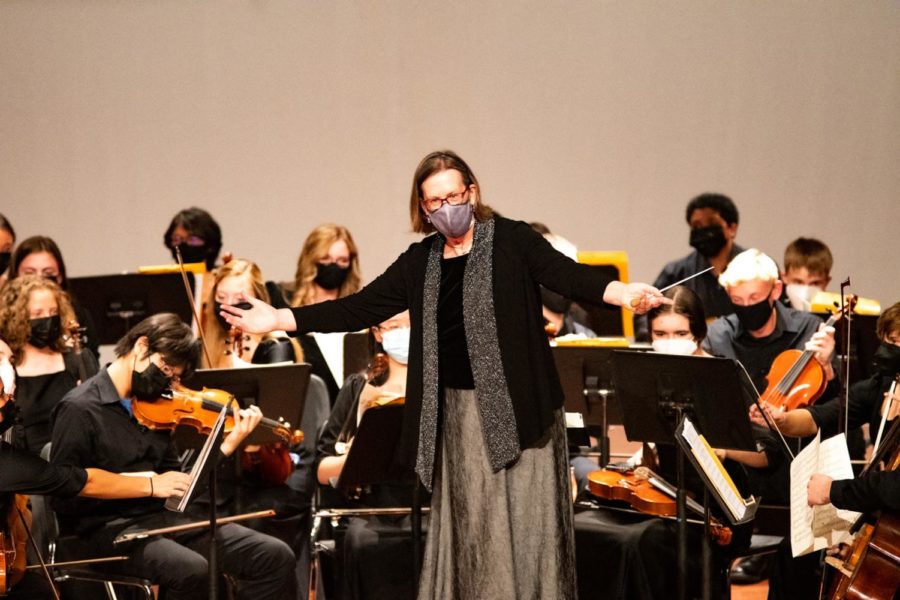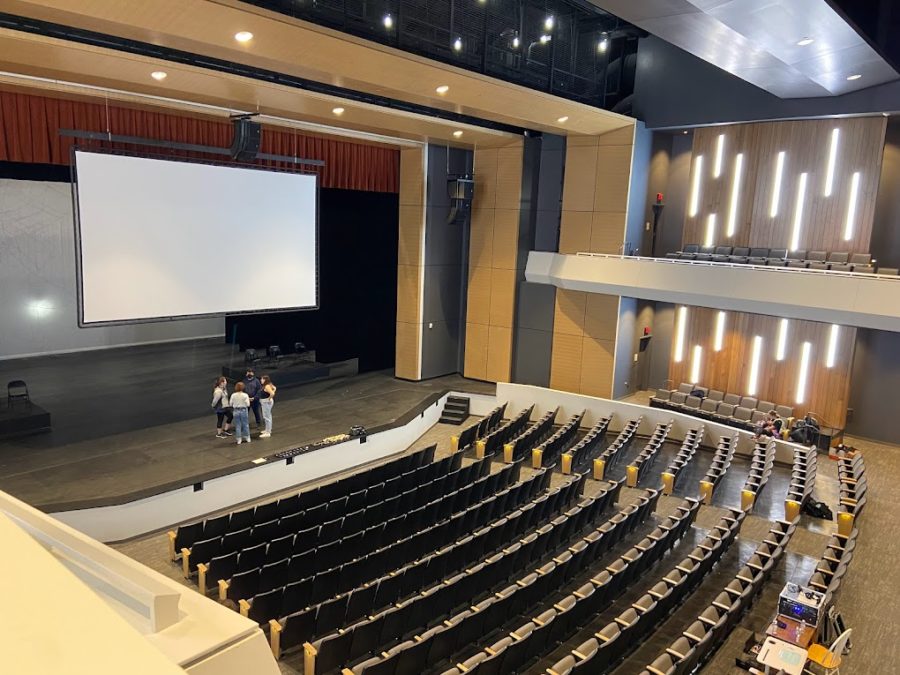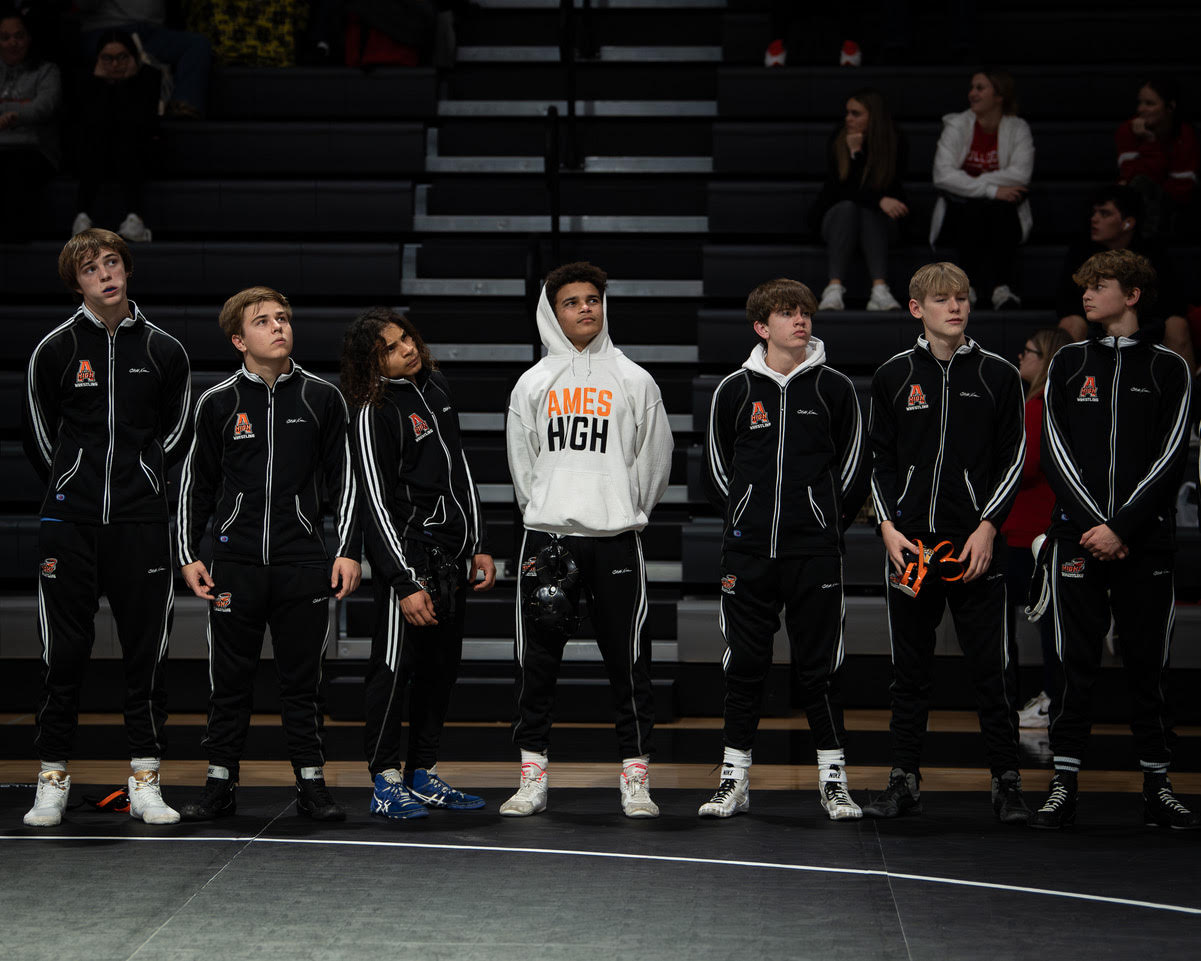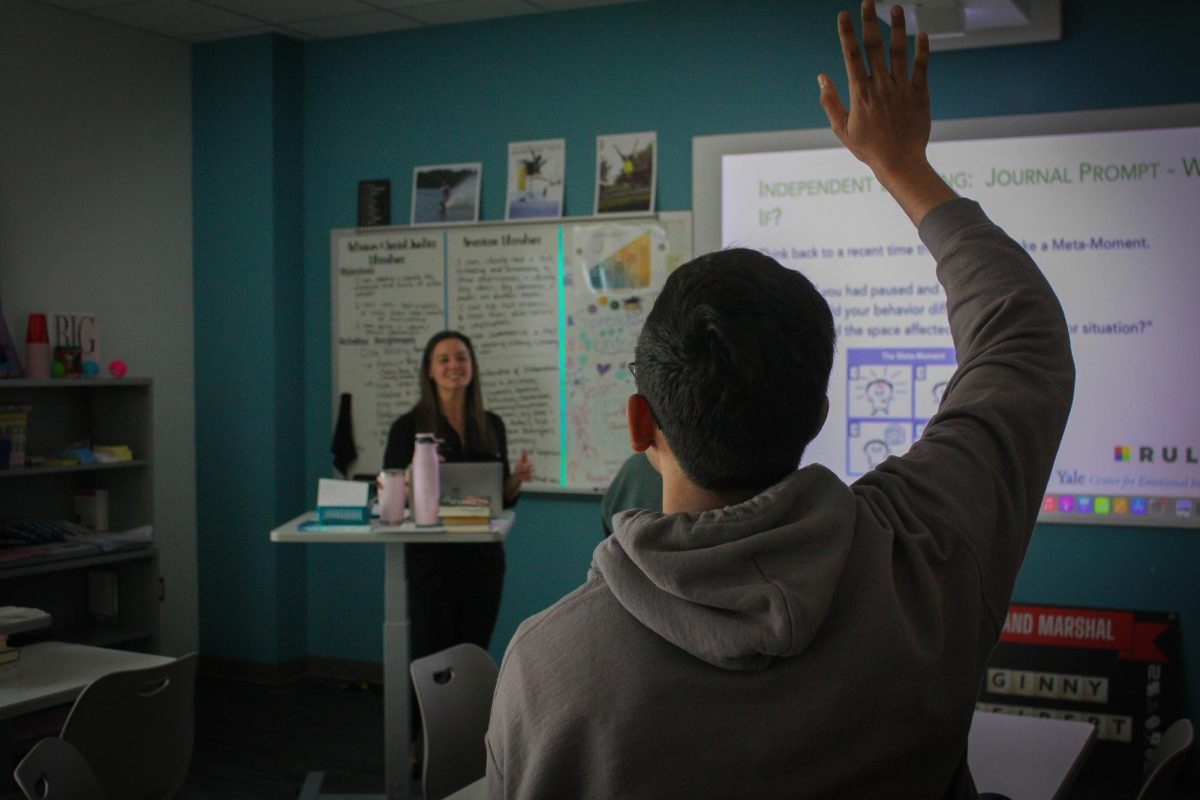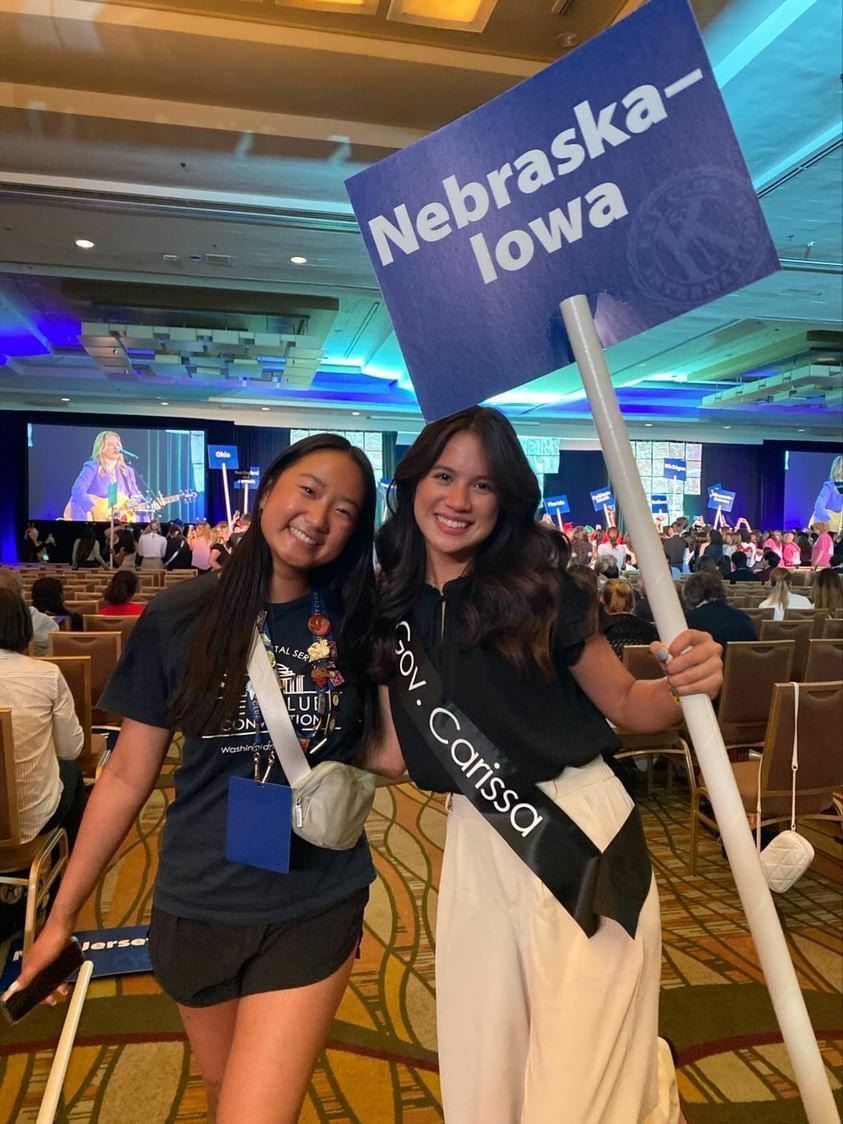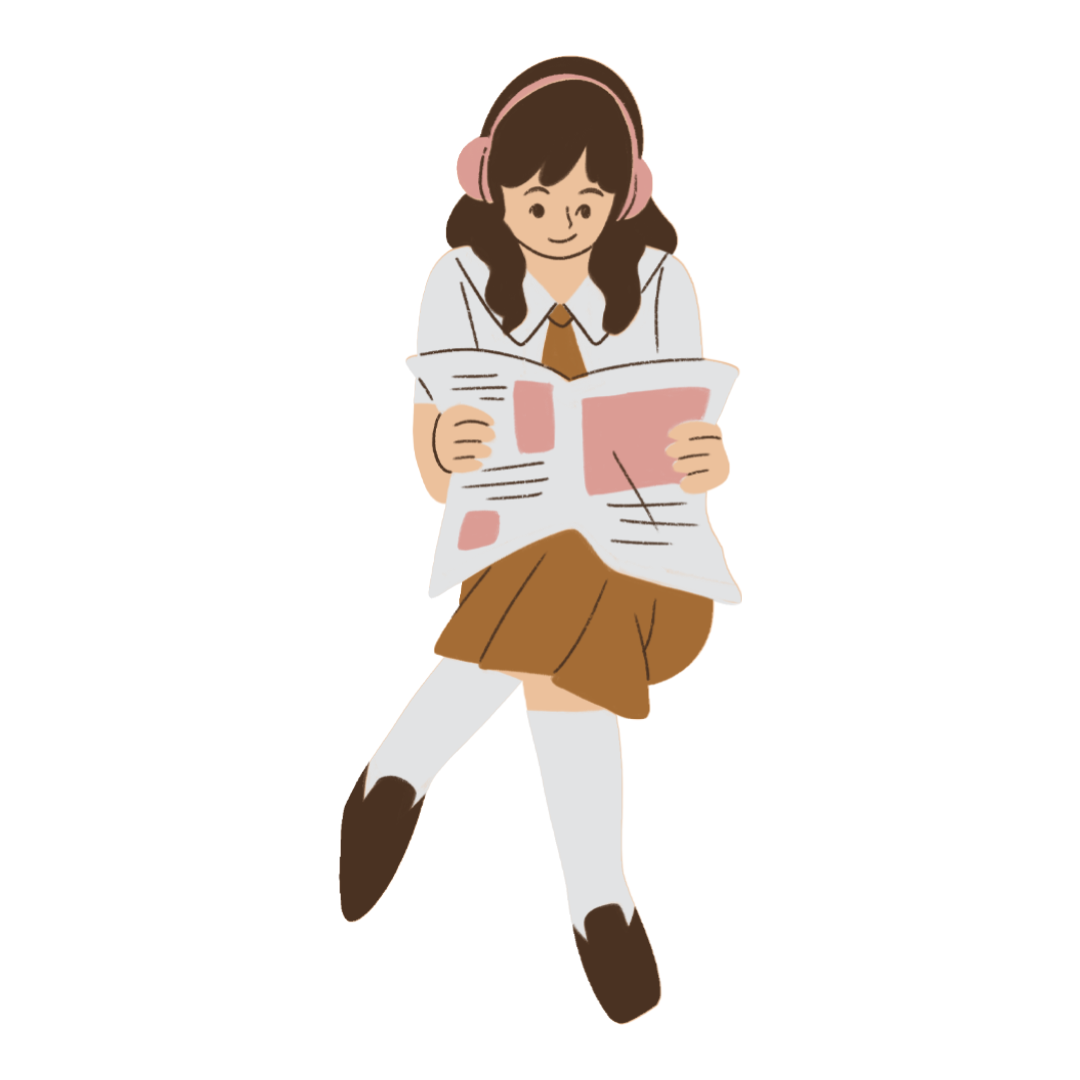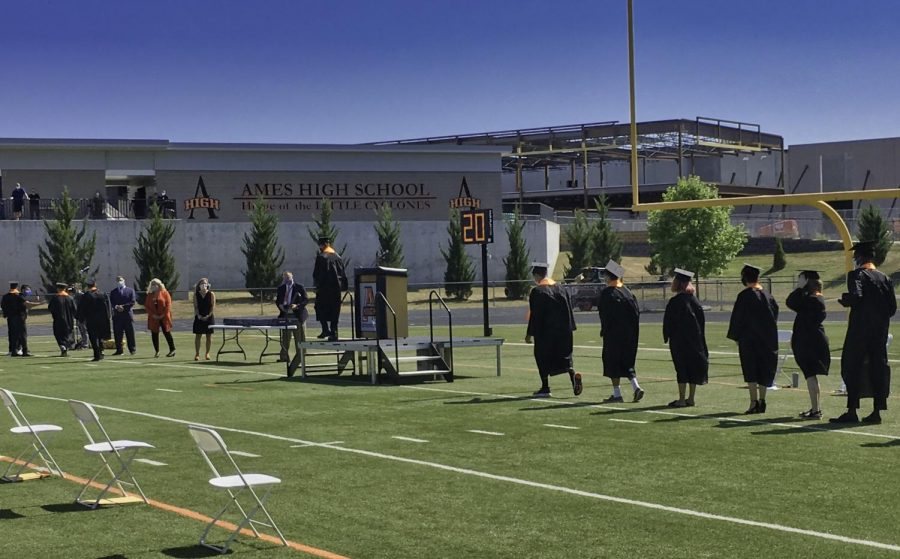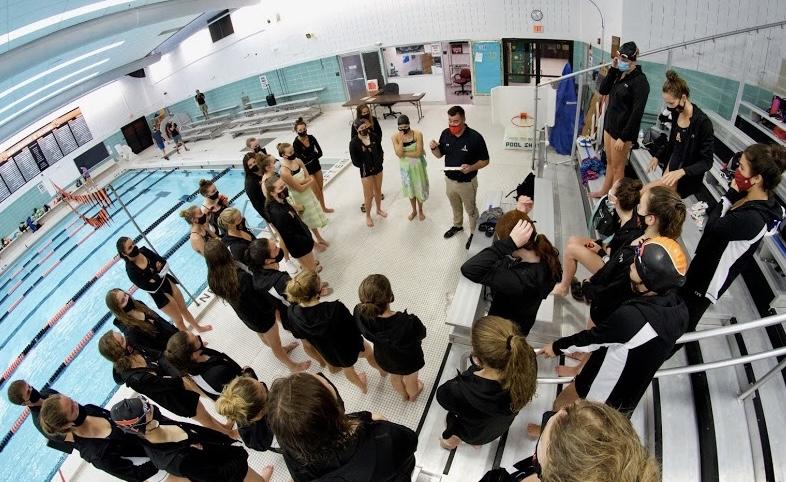High school students have forever enjoyed breaking the rules in their attempts to âfind themselvesâ and enter the proper, individualistic âadult world.â High school students also like to use Facebook and other social networking sites. It is the combination of these trends that lead to the school districtâs initiation of the acceptable use policy, or AUP. The last couple years has given rise to a new factor in high school studentsâ lives: the P.P.U.D.D. (portable personal usage digital device), more commonly known as the smart phone, PDA or iPod Touch. Students and staff, however, have been confused on how their AUP affects these pocket devices. The proposed change to the AUP will address the issues of iphones, itouches, ipads, and smartphones, defining specific rules for their use. However as of yet, the details are what arenât yet known. âI donât see any problem with students using their own devices,â Minion said. âBut theyâre still expected to follow the same rules, because you are in a school environment.â However the rules stay in a gray area when the student brings his own smartphone using his own network. Dr. Lance Wilhelm, the district director of technology, indicated that the school board is due to discuss and rule on the issue soon. He said, âThe rules are well established for school computer usage, but what if itâs your iPad and your network?â Wilhelm predicts that âtablets will be allowed in, but smartphones still fall under school policy.â Its difficult for anyone to know what the final changes will be because the issue has to go first through he school board policy committee and then to the school board. â Another issue to be reviewed by the school board is a possible increase in district network bandwidth. âWe have 40 megabits of bandwidth for the whole district, and we have 5,000 users,â says Dr. Wilhelm, ânext year weâre going to have 60 megabits, but will probably add 30 more computers.â Network traffic stays at a manageable level during most of the day, but usage spikes at the beginnings of class periods can cause the network to slow to an infuriating level. The increase will allow for higher productivity online. Wilhelm explained that the AUP helps reserve the takes up a lot limited bandwidth for school activities during peek hours, and that video streaming of bandwidth. Mrs. Minion, Ames High media specialist, said, âwe do have a limited amount of bandwidth. We want to make sure students stay on task and also donât waste our resources. The more YouTube videos being viewed, the more it slows down traffic.â Compared to other school districts, Ames has a generous amount of bandwidth available. The Urbandale district, for example, has only 35 megabits and Ankeny is restricted to 25 megabits. When the AUP was first introduced, it was met with considerable student push-back. It also had a decent amount of complaints from parents who, not aware of its existence recieved letters in the mail stating that their offspring had lost computer priveleges for a week or month. It was then decided that the parents signature be added the AUP. The changes to be established in the fall will remove the requirement of a parent signature, now that parents are familiar with the AUP.
Future Change to AUP
Nathan Baneslayer Gartin
•
April 7, 2011
Story continues below advertisement
Leave a Comment
Donate to The WEB
$0
$450
Contributed
Our Goal
Your donation will support the student journalists of Ames High School, and Iowa needs student journalists. Your contribution will allow us to cover our annual website hosting costs.



